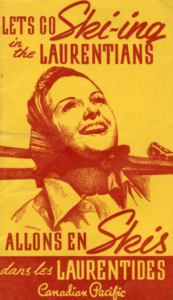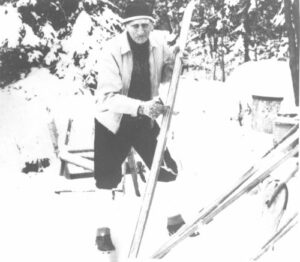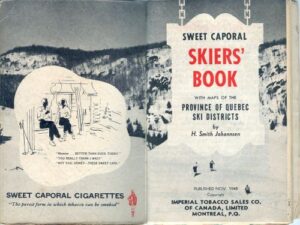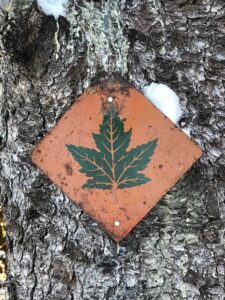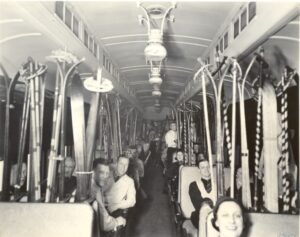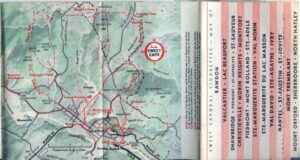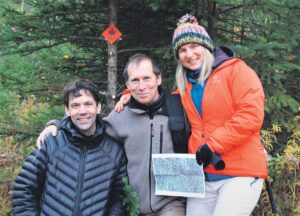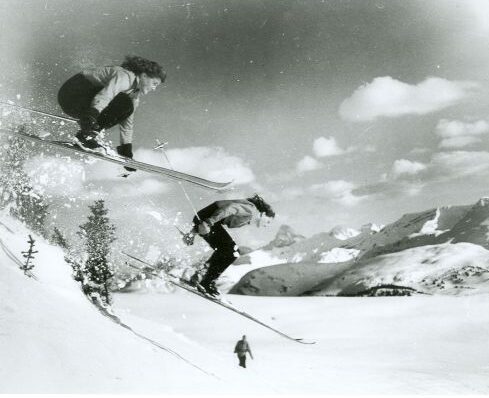The Laurentian region of Quebec is known as the “cradle of skiing” in North America because of its rich history as one of the oldest ski regions in Canada. It owes a large part of its success to its Maple Leaf Trail and the man who blazed it, the legendary Herman “Jackrabbit″ Smith Johannsen. Without “Jackrabbit’s” contribution in the 1930s, this incredible 128-kilometer trail system that connects the Laurentian villages from Labelle to Shawbridge (Prévost) would not exist today. It was a combination of hard work, passion and enthusiasm that ensured that this trail could leave its mark on the economy and culture of the region for years to come.
